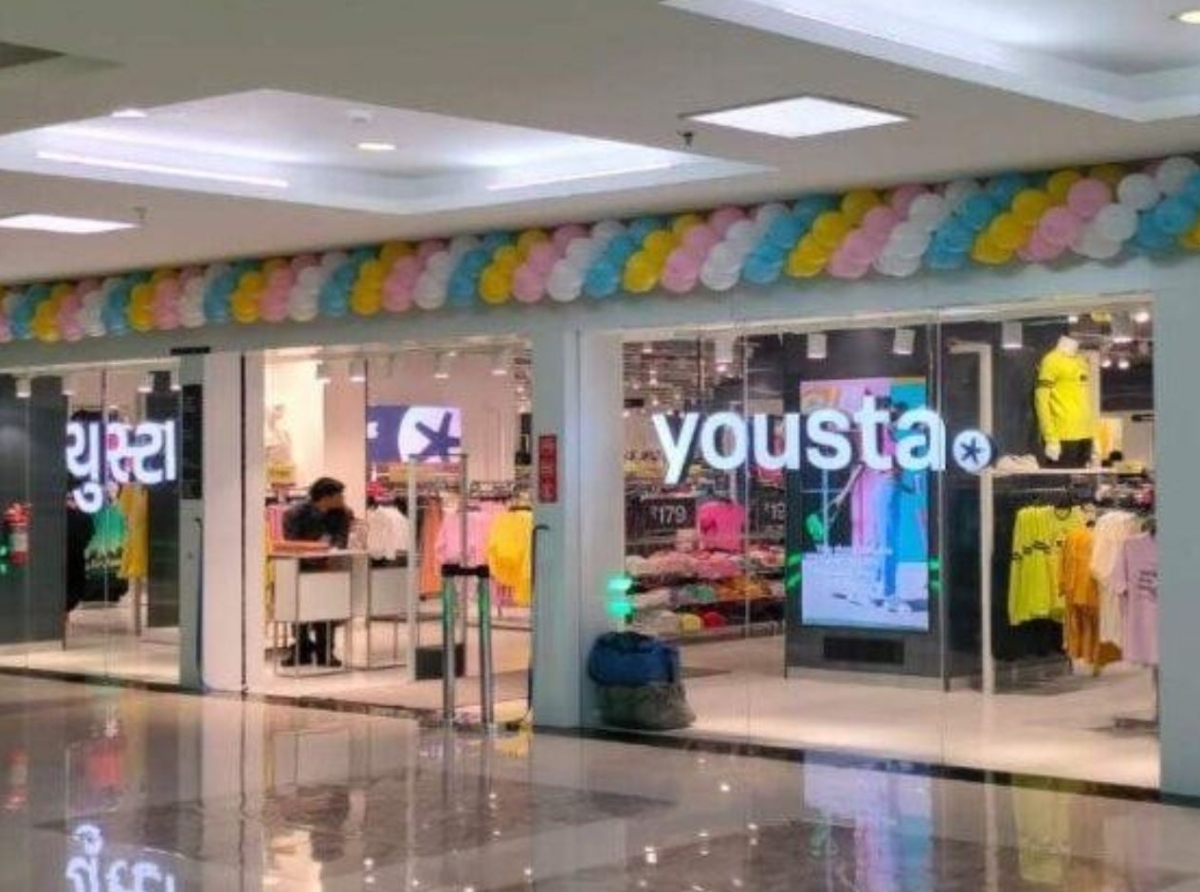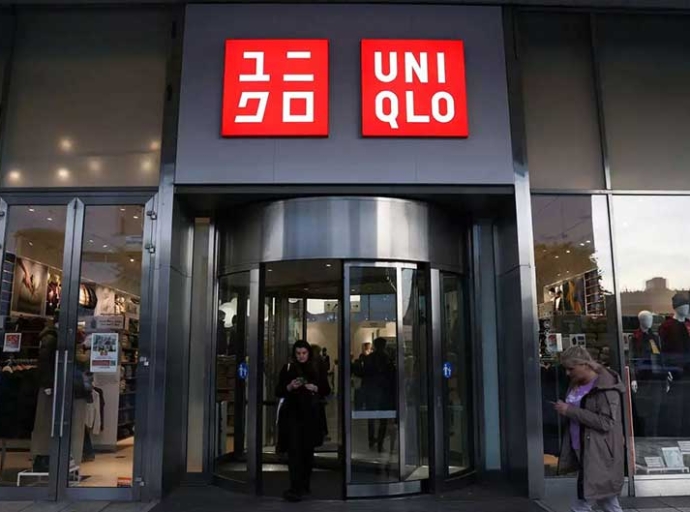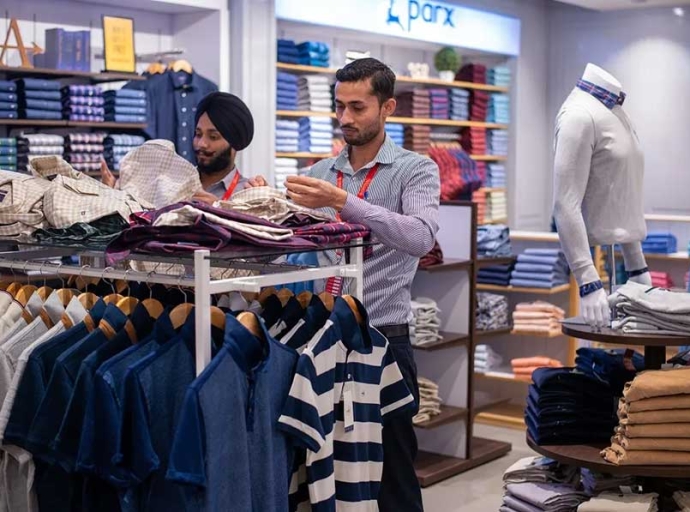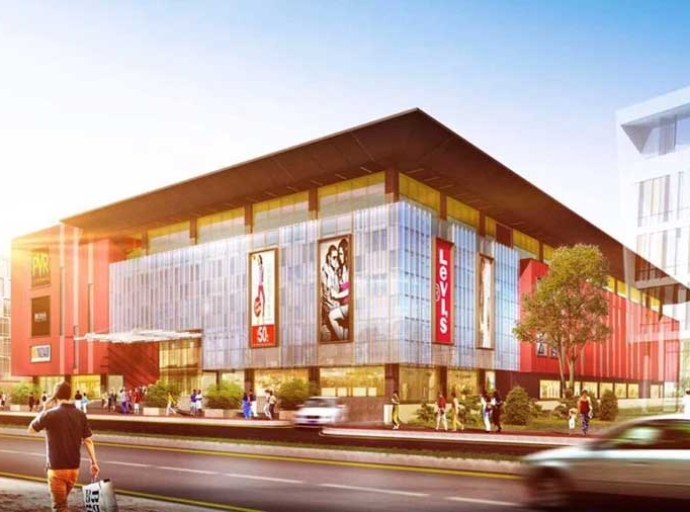Yousta's ambitious expansion, riding the value fashion wave in India

Reliance Retail's recent announcement of opening 1,000 Yousta stores in the next two years signals a bold move in India's rapidly growing value fashion segment. This sector, characterized by trendy clothing at affordable prices, has witnessed some big success stories with brands like Zudio, Max, and Shoppers Stop's Intune. Yousta's aggressive expansion plan further intensifies the competition and highlights the immense potential of this market.
Upward trends in value fashion market
While precise figures for the value fashion segment are hard to get, estimates suggest it currently holds a significant share of the overall apparel market in India. As per Technopak reports the overall apparel market in India is estimated at around $70 billion in 2022, with value fashion capturing a sizable chunk. With rapid growth among value fashion players, this segment holds a considerable chunk, around 15-20 per cent of the total market, which is around $11.55 - 15.4 billion.
As per IMARC Group, India’s apparel market is projected to grow at a CAGR of 8.65 per cent from 2023 to 2028. Given the current momentum, the value fashion segment is likely to witness an even higher CAGR, of around 12-15 per cent. Based on these estimates, the value fashion market in India could reach $23-30 billion by 2028.
The core consumer of value fashion is primarily young adults (16-35 years old who are highly fashion-conscious, seeking trendy clothing at prices that fit their budgets. Then there are value-seeking consumers comprising shoppers who prioritize affordability without compromising on style and quality. Small city buyers whose disposable incomes and aspirations are on the rise, and they are actively seeking fashionable yet affordable options.
Disrupting market dynamics
Value fashion is disrupting the market in several ways by firstly challenging traditional fast fashion. By offering comparable styles at lower price points, value fashion brands are putting pressure on traditional fast fashion retailers like Zara and H&M. Moreover, value brands are gaining market share from unorganized retailers. The organized nature of value fashion retail, with its focus on quality and standardized pricing, is attracting consumers away from unorganized markets and local shops. Value fashion brands are also leveraging online channels to reach a wider audience and offering greater convenience.
The value fashion model, while seemingly contradictory, can be adopted by existing brands and retailers through separate sub-brands. Creating a distinct sub-brand with a clear value proposition allows established players to cater to the price-conscious segment without diluting their main brand image for example department store chain Shoppers Stop has created Intune in value fashion space.
While value fashion has gained traction in Tier I cities, its primary growth driver are Tier II and III cities. These cities have a large and growing population of young consumers with increasing disposable incomes and aspirations for fashionable clothing. Even in these cities, its womenswear which is most successful category in value fashion. This is driven by the higher frequency of purchases and the greater variety of styles and trends compared to menswear or kidswear. However, all three sectors are expected to witness significant growth as value fashion penetration increases.
Thus Yousta's ambitious expansion plans underscore the immense potential of the value fashion segment in India. With its focus on affordability, trendy designs, and a wide reach, Yousta is well-positioned to capture a significant share of this rapidly growing market. This will further intensify competition and drive innovation in the Indian fashion retail landscape, ultimately benefiting consumers with greater choice and value.
Latest Publications

































